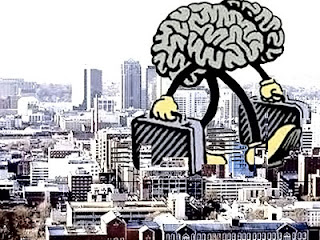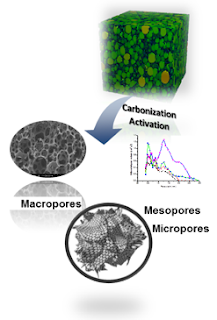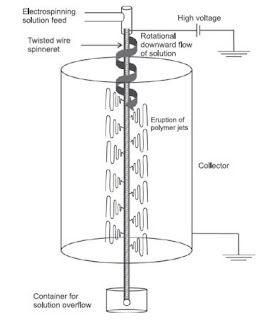 |
| Figure 1: A simplified circuit diagram showing a quantum current source. The circuit connects a Josesphson voltage source (VJ, red) to a conventional resistor (R, orange) whose resistance can be expressed in terms of a quantum Hall resistance, producing a quantum current IQ. This current is then fed into an amplifier (G, green) that increases the current by a gain factor G. The resistance of the connecting wires (rlead) limits the accuracy of this simplified approach. [Credit: APS/Alan Stonebraker] |
Topics: Electrical Engineering, NIST, Quantum Mechanics, Research, Science
Metrologists are conservative by nature, knowing that the premature adoption of a new measurement standard could lead to confusion in both science and commerce. So it is a big deal that the International System of Units (SI) is poised to undergo its first major overhaul since its birth in 1960. Two years from now at the General Conference on Weights and Measures in Paris, officials will adopt a new SI in which every unit can be obtained from fixed values of several fundamental constants [1]. All eyes are on the kilogram, which will no longer be defined by the mass of a cylinder of platinum-iridium alloy that has been kept in a Parisian vault since it was fabricated in 1889. Somewhat overlooked, however, are advances in standards for electrical resistance and voltage, without which the new SI would not be possible. A new report [2] from Wilfrid Poirier and colleagues at France’s metrology and testing laboratory, LNE, puts these electrical standards in the spotlight by combining them to create a current source based on the electron charge e (as opposed to Ampère’s law). The source, which has an unprecedentedly low uncertainty, will enable current calibrations that are consistent with the redefined SI and boost efforts to close the so-called quantum metrology triangle [3].
The new current source is essentially a quantum realization of Ohm’s law, I=V∕R, where I is current, V is voltage, and R is resistance. The electron charge e enters because V and R are each provided by a quantum electrical device whose outputs involve e [4]. The voltage source is an array of nJ superconducting Josephson junctions, which, when driven by microwaves at frequency fJ, produces a voltage VJ=nJfJ(h∕2e)VJ=nJfJ(h∕2e), where h is the Planck constant. The resistance comes from a two-dimensional electron gas that is placed in its ith quantum Hall state by a large magnetic field, in which it has a Hall resistance RH=(h∕e2)∕i. Ohm’s law for the quantum current then becomes IQ=(nJfJi∕2)e. Since nJ and i are known exactly and the uncertainty of fJ is negligibly small, the uncertainty of IQ is limited by such seemingly little things as the “lead resistance” contributed by connecting wires and various sources of random noise.
These technical details are, however, the crux of why it’s challenging to make a high-precision quantum current source. To understand the problem, consider a simplified diagram of the device (Fig. 1). Here, a Josephson voltage source connects directly to a conventional resistor whose resistance can be calibrated in terms of the quantum Hall resistance. The output of this circuit is then fed into a conventional current amplifier that provides a variable amount of gain. (An adjustable current for practical calibrations can thereby be achieved by varying the gain and/or the voltage source.) This circuit has two big problems when it comes to producing currents with relative uncertainties below one part in a million. First, the resistance of the leads increases the circuit’s effective resistance by an amount that cannot be determined with high enough accuracy. Second, the gain of even the best conventional amplifier is not sufficiently stable. Poirier and colleagues’ tour de force achievement is realizing a circuit (Fig. 2) that overcomes both hurdles simultaneously.
 |
| Figure 2: The quantum current source that Poirier and colleagues implemented. Each element—the Josephson voltage source (VJ), the quantum Hall resistor (RH), and the amplifier based on a superconducting cryogenic current comparator (CCC)—is in a separate cryostat (blue circle). The quantum Hall resistor must also be placed in a large magnetic field B. Each dotted line on the quantum Hall resistor indicates a uniform electrostatic potential for electrons. The existence of such equipotential lines minimizes the contribution of lead resistance, enabling a more accurate output current than in Fig. 1. |
APS Physics Viewpoint: A New Era for the Ampere
Mark W. Keller, Quantum Electromagnetics Division, National Institute of Standards and Technology, 325 Broadway, Boulder, CO 80305, USA
José Aumentado, Applied Physics Division, National Institute of Standards and Technology, 325 Broadway, Boulder, CO 80305, USA











